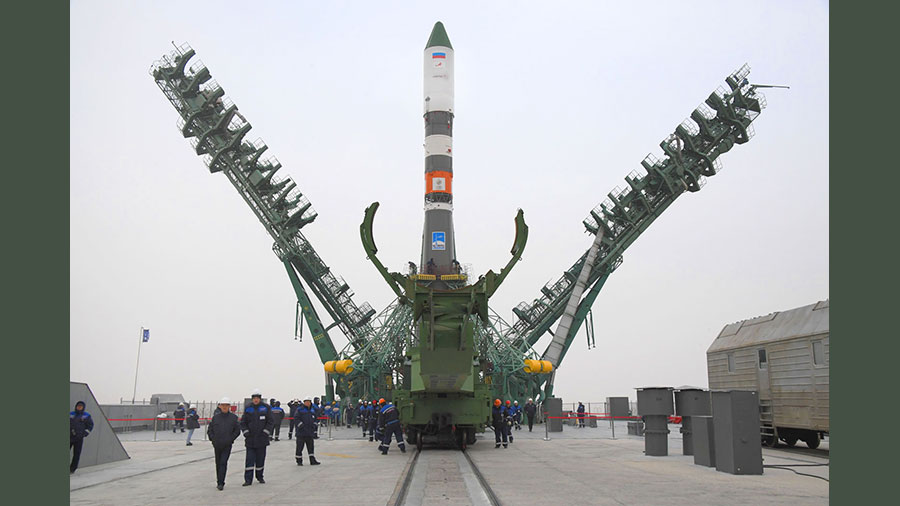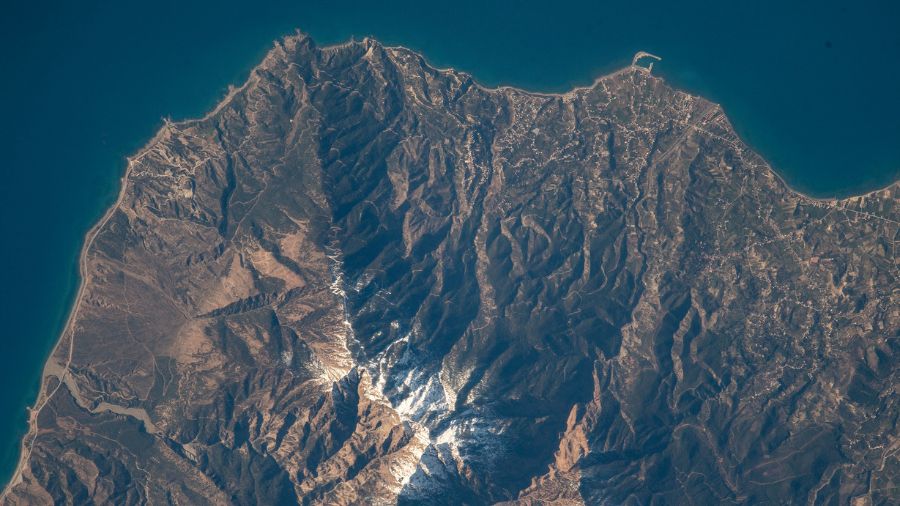
The Expedition 70 crew is continuing to pack a U.S. cargo spacecraft readying for its departure early next week. The seven residents living aboard the International Space Station also explored virtual reality while servicing a variety of science and life support hardware.
NASA and SpaceX are postponing the Sunday, Dec. 17, undocking of a SpaceX Dragon cargo resupply spacecraft from the International Space Station due to unfavorable weather conditions as a cold front passes through the splashdown zones off the coast of Florida.
Joint teams continue to evaluate weather conditions to determine the best opportunity for Dragon to autonomously undock from the space station with the next available opportunity no earlier than 5:05 p.m. EST Monday, Dec. 18.
Weather permitting for the Monday undocking, coverage of Dragon’s departure will begin at 4:45 p.m. on the NASA+ streaming service via the web or the NASA app. Coverage also will air live on NASA Television, YouTube, and on the agency’s website. Learn how to stream NASA TV through a variety of platforms including social media.
After re-entering Earth’s atmosphere, the spacecraft will splash down off the coast of Florida, which will not be broadcast on NASA TV. Follow updates on return plans on the agency’s space station blog.
Astronauts Jasmin Moghbeli of NASA and Satoshi Furukawa of JAXA (Japan Aerospace Exploration Agency) resumed transferring science-packed cargo freezers from the station’s EXPRESS racks and into Dragon. The duo activated and configured the science freezers inside Dragon securing the preserved biological samples for retrieval and analysis on Earth.
Earlier, Moghbeli swapped out hardware inside the Solution Crystallization Observation Facility, a research device that investigates the morphology and growth of crystals. She also shook mixture tubes containing seed samples for a space botany study. Furukawa reconnected a power and communications unit inside combustion research hardware located in the Kibo laboratory module.
Commander Andreas Mogensen from ESA (European Space Agency) started his day on an experiment that aims to strengthen computer programming skills and promote STEM careers for students on Earth. Mogensen later wore virtual reality googles and watched a 360-degree movie to understand its stabilizing effect on the nervous system for the VR Mental Care experiment.
NASA Flight Engineer Loral O’Hara of NASA spent her day working on lab maintenance throughout the orbital outpost. She replaced orbital plumbing components and deployed a portable fan inside the Tranquility module then swapped out a broken wireless antenna in the Unity module.
The space station’s three cosmonauts stayed focused on their contingent of science activities and orbital systems upkeep. Flight Engineers Oleg Kononenko and Nikolai Chub once again scanned their stomachs with an ultrasound device after breakfast for a Roscosmos space digestion study. Kononenko then repositioned eggs inside an incubator for a biology experiment while Chub transferred dismantled life support gear from the Zarya module and into Unity. Flight Engineer Konstantin Borisov spent his morning on orbital plumbing tasks then finished the day photographing and inspecting windows on the Zvezda service module.
Learn more about station activities by following the space station blog, @space_station and @ISS_Research on X, as well as the ISS Facebook and ISS Instagram accounts.
Get weekly video highlights at: https://roundupreads.jsc.nasa.gov/videoupdate/
Get the latest from NASA delivered every week. Subscribe here: www.nasa.gov/subscribe




